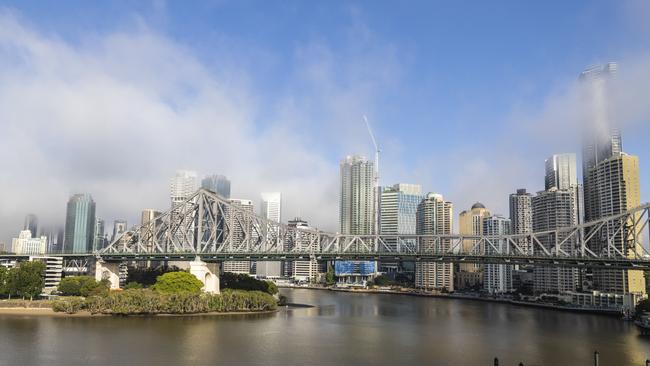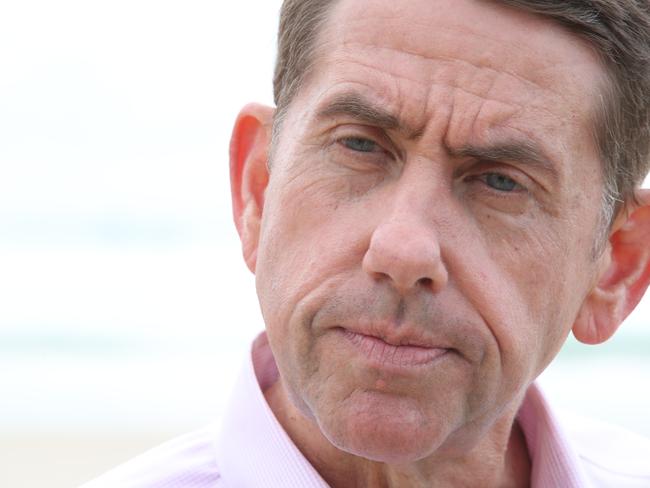Renters set to struggle as repercussions of Queensland’s new land tax are revealed

From July 1 next year, the Queensland government will move to a new land tax calculation for investment property owners that is based on the total value of land owned across Australia, rather than only being calculated on land owned in Queensland.
While the government won’t directly tax investors on their interstate properties, their rate of assessment for land tax in Queensland will be based on the total value of land owned across the country. Effectively, if you own investment properties in other states it is likely to increase the rate at which your land tax is assessed in Queensland and lead to a more expensive bill each year.

Treasurer Cameron Dick said the new policy was a more equitable way to tax, because people who owned land in multiple states could claim the tax-free threshold multiple times, while those who only owned property in Queensland could only access the tax-free threshold once.
While this is true, it’s worth highlighting that no other state is proposing such a change to land tax. If other states were to follow his lead and implement similar changes, property owners with investments in more than one state effectively would have to pay higher rates of land tax for their properties in each state based on the value of land that they own in other states.
It has been suggested that these changes are about levelling the playing field for locals who are competing with wealthy interstate purchasers. However, if the concern is about locals being priced out of the market by interstate buyers, it would be better to directly address that issue by increasing housing supply and providing support to local buyers rather than discouraging investment from people who own properties outside of Queensland (including Queenslanders).
Most importantly, Queensland – and the rest of Australia – is facing a dire shortage of rental accommodation. At the same time, overseas migration is increasing, and first-homebuyer numbers are falling.
Why does this matter if this policy is aimed at investors?

A new land tax is likely to discourage investment at a time when more rental accommodation is desperately needed. Pricing out investors is a sure way to further exacerbate rental supply issues, pushing up rental prices.
Median weekly advertised rents in Brisbane have increased by 11.8 per cent over the past year and are 17.3 per cent higher since the beginning of the pandemic. In regional Queensland, rents have risen 11.9 per cent over the past year and are 20.5 per cent higher since March 2020. As a comparison, national rents have risen by 9.3 per cent over the past year and have increased by 11.9 per cent since the beginning of the pandemic.
The number of properties in Brisbane listed for rent on realestate.com.au has fallen by 19.9 per cent since last year and is down 40.4 per cent since March 2020. In regional Queensland, rental listings are 6.3 per cent lower over the past year and 49.1 per cent lower than they were at the start of the pandemic. The decline in Queensland rental stock is much more dire than it is elsewhere, with total rental listings nationally 13.7 per cent lower over the past year and 27.1 per cent lower since the onset of the pandemic.
For those looking to rent a property in Queensland, there is effectively no vacancy in most parts of the state, with many properties being leased long before they become vacant. The median rental days on site in Brisbane is 16 days, the equal lowest of any capital city in the country. In regional Queensland, rental days on site is 17 days, which is the lowest of any rest-of-state market in the country. Both Brisbane and regional Queensland have lower rental days on site than the 20 days being recorded nationally.

Investors pulling out of the market only compounds these tight market conditions. Investor lending is already slumping across the state, with the latest housing finance data showing that the value of lending to Queensland investors in July 2022 was $1.7bn, the lowest it has been since July last year and 32.3 per cent lower than its peak. Furthermore, the share of new lending to investors in July 2022 was 32.6 per cent, which remains below the decade average of 35 per cent, as well as being below the long-term average of 34.5 per cent.
There are two ways to address the tight rental market. The first is to increase the supply of rental properties, while the second is to support first-home buyers into home ownership and therefore ease the demand for rental accommodation.
Rental availability needs to increase quickly and one way to do that is to encourage property investment. However, that requires conditions – and governments – to encourage investment in the property market rather than lifting the cost of investing.
Ways to support first-home buyers into home ownership could also be explored. Schemes including shifting to land tax for all buyers instead of stamp duty could be one solution.
It’s not unreasonable that governments are trying to source new revenue due to extreme expenditure throughout the Covid-19 pandemic. However, we need to consider the unintended consequences that can be created due to current housing market conditions.
Implementing a new land tax aimed at investors will continue the ongoing discouragement of property investment. In recent years, we have seen lenders begin to charge mortgage interest rate premiums to investors, the banking regulator APRA implement macroprudential policies limiting investor access to credit, and state governments increase taxes on investment properties.
As a result of these decisions, we’re now seeing the cumulative impact of deterring investment, which has led to the tightest rental market on record. We expect rental shortages and affordability challenges will persist, particularly if housing and taxation policies fail to consider unintended consequences.
Cameron Kusher is director of economic research at REA Group






At first glance, a new land tax in Queensland aimed at investors appears run of the mill and probably something most people will ignore. The issue is, when you consider the possible implications of this policy, renters are the ones who will lose out. The immediate flow-on effects are likely to include rental price increases as investors seek to recoup these costs and reduced rental supply as investors sell up, hold back or possibly maximise returns via the short-term rental market instead.